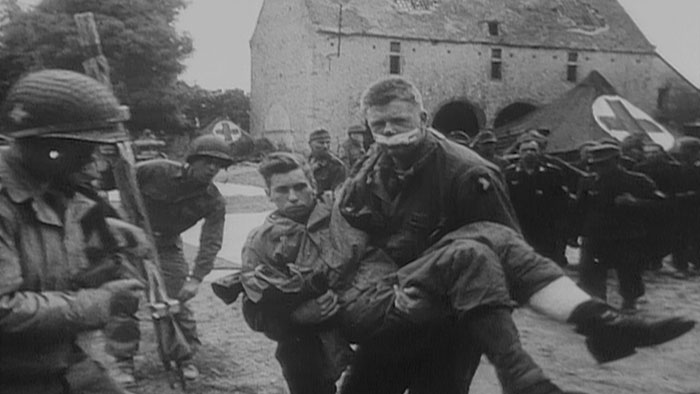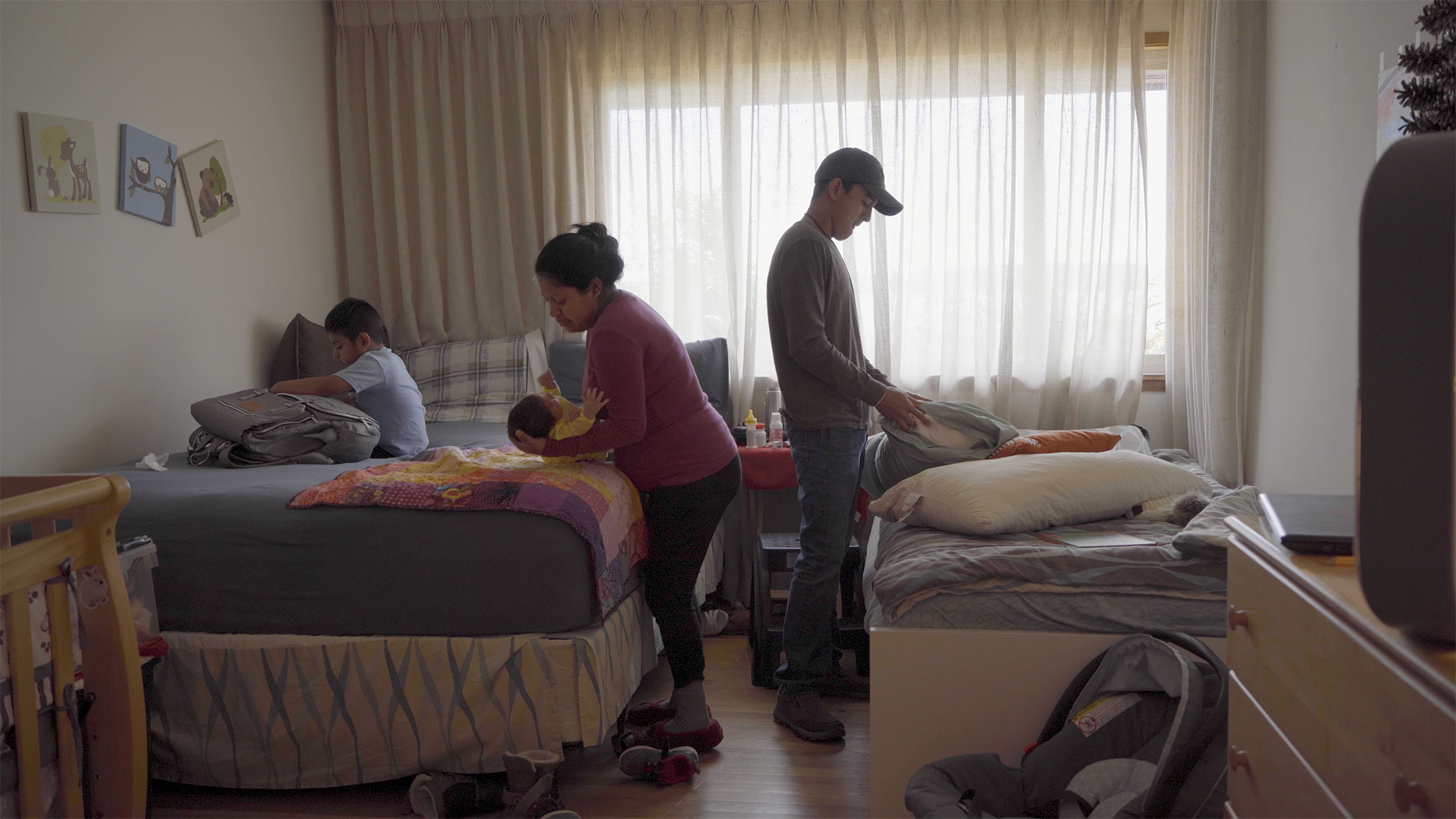
The Good Soldier follows the plight of Sean Roberts, a civilian in the UK who seeks something different in his life. Through a series of events, he finds himself fulfilling his desires by becoming part of a militia — something he’s been musing about since the beginning of the film. Although he is warned about the dangers of joining by his elder friend, he ignores it, to instead fulfill his assumptions of what patriotism and glory are. This all sounds well and good, but unfortunately, this simple synopsis describes more about the film than watching it actually reveals. There are reasons why there is a formula in filmmaking, and The Good Soldier is a perfect example of what happens when you don’t follow it.
From the beginning of the film, you get this strange nuance which hints that perhaps the actors aren’t actually British. All their words sound harsh and forced, as though they are faking their accents. It isn’t until ten minutes in that you finally realize why they sound this way: horrible acting. For an American audience, English accents are hard enough to follow when clearly spoken, but in The Good Soldier, not only is the dialogue arduously long, but the diction in everyone’s speech is awry. Words become mumbled sounds, and any importance in the dialogue is lost. What’s worse — there are several times where actors try desperately to say their lines so meticulously that delivery and acting go out the window. It completely takes you out of the movie and you wonder, “How long are they going to talk?” If there ever was a film where brevity was necessary, The Good Soldier would be a shining example.
Unfortunately, it isn’t simply diction that ruins this film. The whole script is a mess. The film never goes into a specific reason as to why there is a militia or civil unrest. There are mentions here and there in the beginning about “taking back the country”, but that’s about it. It never goes into implying why they want to take it back, or what significance it actually has for those involved. This is supposed to be the big dilemma that Sean is dealing with, but no depth is given to this conflict. Without significance, there is no driving force for the characters in the film, and without that drive, each character remains static. Sean never becomes a relatable character, and there is nothing that makes the viewer empathize with him. He simply does what he feels like, with little to no remorse, and with almost no consequences for his actions. It’s as annoying as if you asked someone why he punched you, and he answered, “Because I felt like it.”
Above all things, a movie is a visual medium. Perhaps the worst thing about this film is its visuals. Watching The Good Soldier was like watching a very amateur production. Almost the entire movie consisted of two types of shots: large, wide scenes or shaky handheld. It’s as though they were afraid to try interesting angles. Instead, when they used the wide shot, it was always 10 feet away from the actors, at eye level, and completely static. Even the whole over-the-shoulder shot that we’ve become so accustomed to seeing in movies is missing. Instead, we see two side profiles speaking for five uninterrupted minutes. The one time the filmmakers use over-the-shoulder shots in the film, they keep it static; rather than changing sides each time a person speaks in the scene, we see a woman’s face and the back of Sean’s head for five minutes. Maybe the filmmaker thought cutting scenes shorter and offering in different perspectives was too conventional. Maybe he was trying to be avant-garde. Whatever the reason, the end result was visually boring scenes.
There are many things in this film that need work: direction, editing, audio (absolutely horrible audio levels in every scene), to name a few. I tried really hard to enjoy this movie. Not just tried, but brutally exerted myself into watching every minute of this film; I wanted to find some saving grace that perhaps would come if I atched closely and patiently. Sadly, it never happened. If there is one thing this movie can offer, it is showing us how not to make a film.






